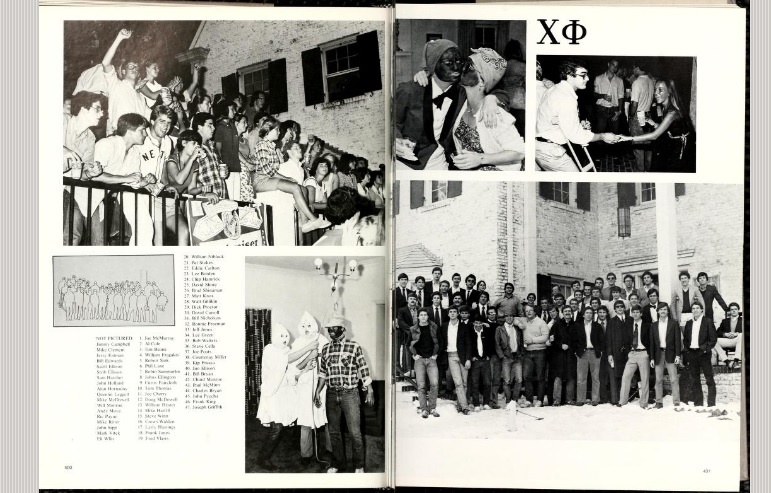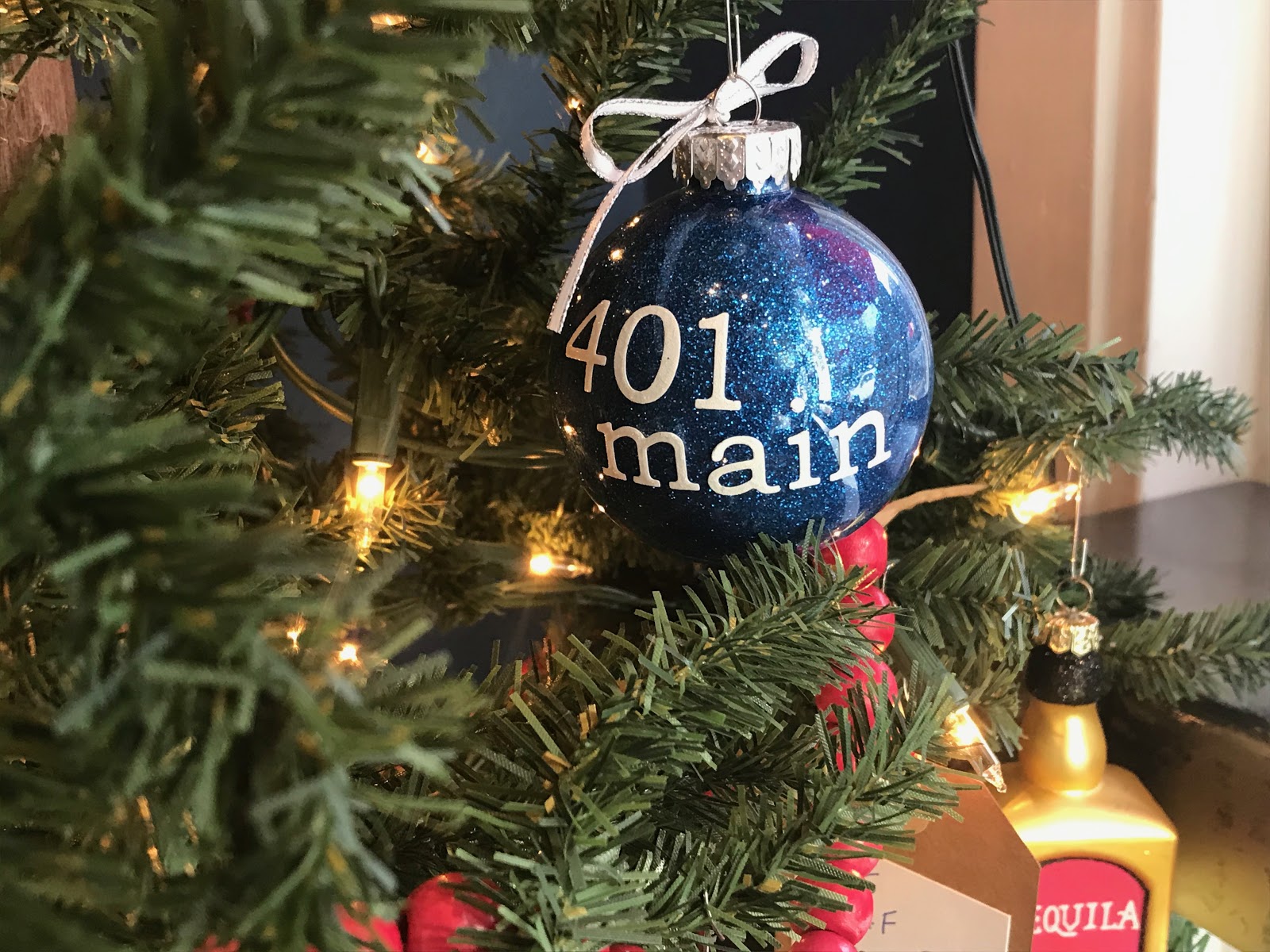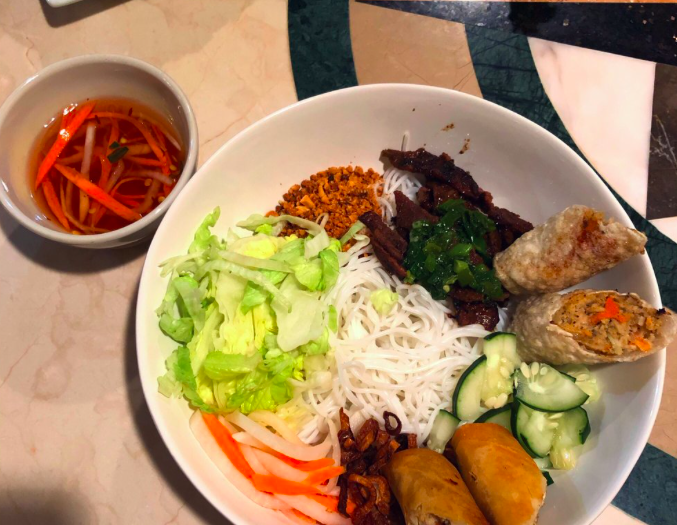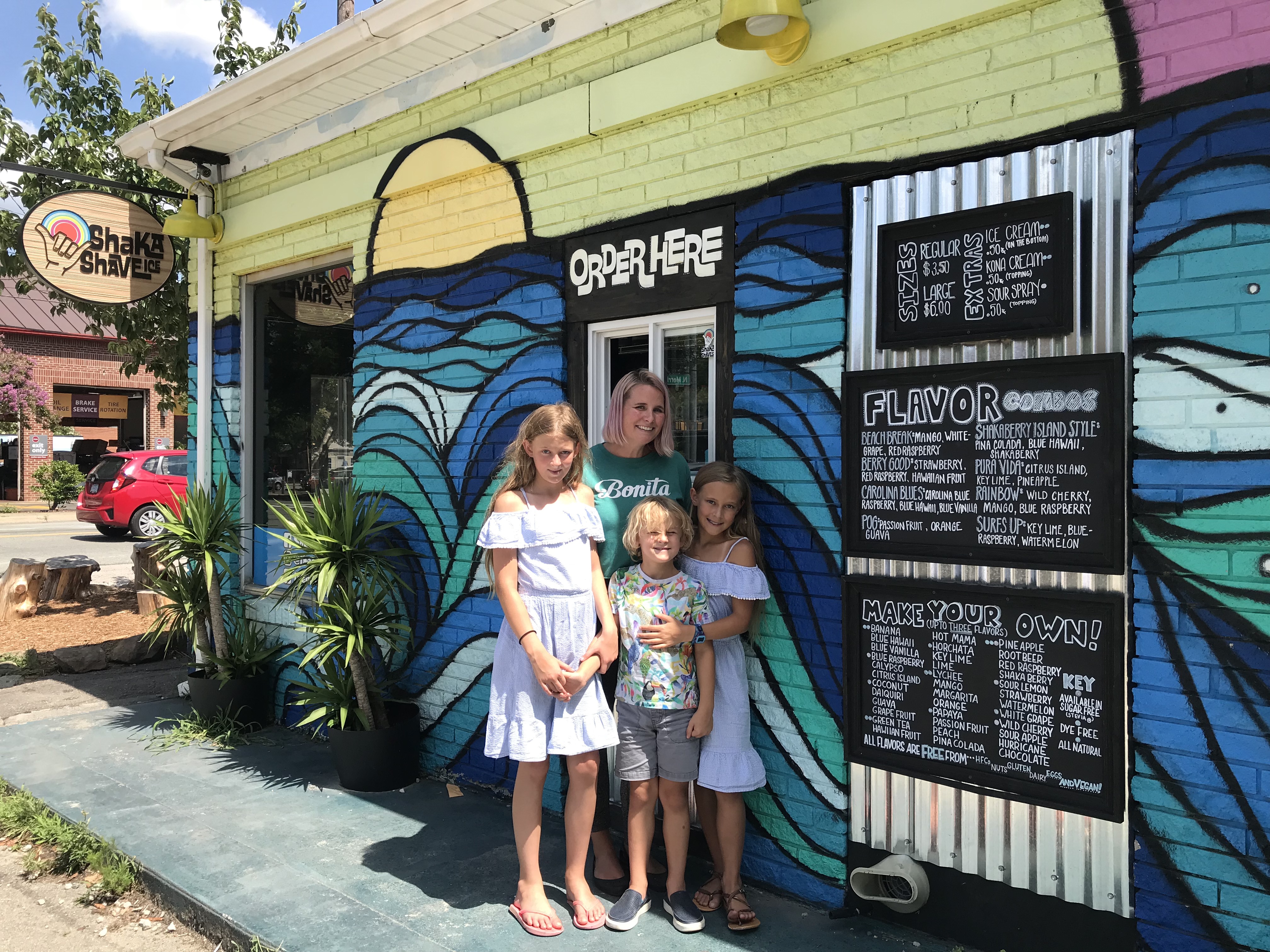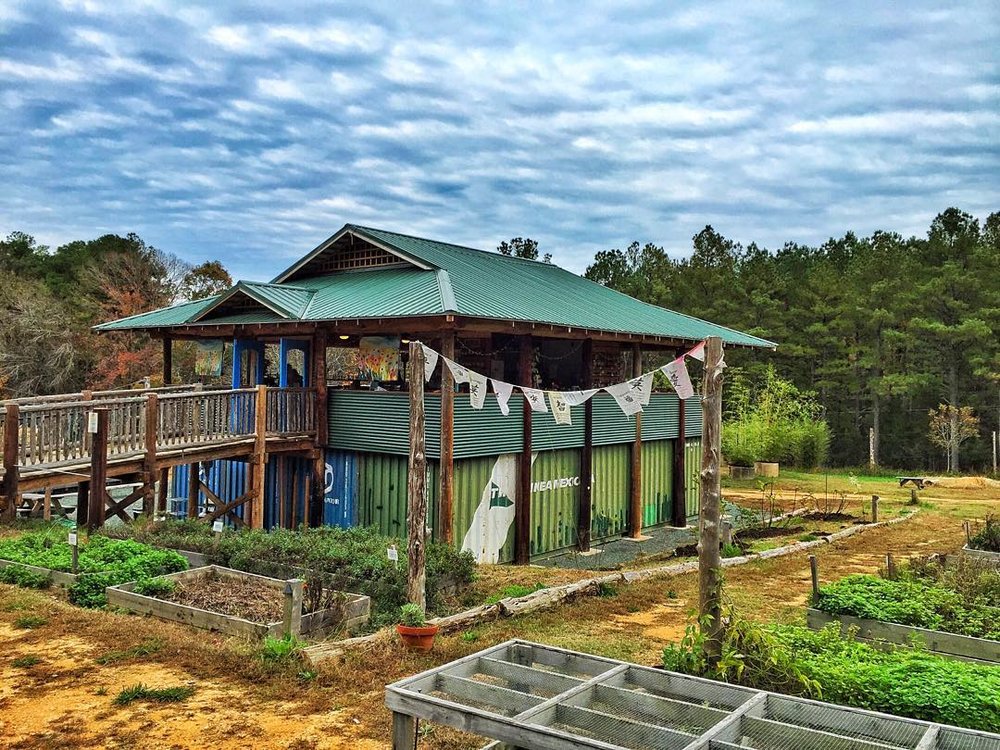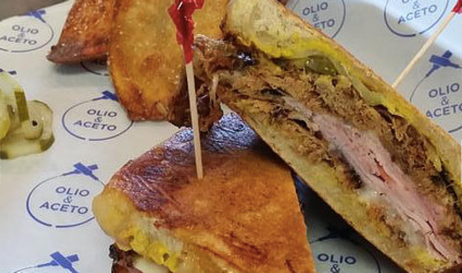Brad Kutrow remembers – now almost 40 years later – what was going through his mind when he saw a picture in the 1979 UNC yearbook of two students dressed in KKK attire and carrying out a mock lynching of another student, who was in blackface.
“It was horrifying,” Kutrow said in an interview Friday, “and I was really stunned.”
Kutrow was also a UNC student at the time and was an editor for the Daily Tar Heel’s editorial page. He wrote an editorial in March 1980 that has been recirculating in recent days after the photo of the students in the yearbook has drawn renewed attention, kicking off the tenure of interim chancellor Kevin Guskiewicz with some controversy.
“It was clear to me immediately that that conduct was really wrong and had no place on the UNC campus,” Kutrow said. “And, as I tried to convey in the editorial, was really antithetical to the values of the university.”
Kutrow, who is now a lawyer based in Charlotte, said that he grew up in Wilmington and his elementary school was integrated during his time there, recalling the protesting by some white community members. He said that he felt it was his role at the DTH to call out things on campus that he saw as wrong.
“Trying to help people understand why that kind of behavior was wrong and why it shouldn’t be part of the university and campus life.”
At the time, Kutrow wrote that the photographs “crystallized the racism that permeates this University in its most blatant and disturbing form.”
He also wrote that the photograph exhibited a “callousness and insensitivity toward racism, the most deep-rooted problem confronting our society.”
“This, I hope, will be a useful episode in, sort of, reminding people where we’ve been and what our history has been up through the ‘70s and ‘80s,” Kutrow said Friday. “And then allow people to think a little bit more deeply about how best to handle that in the 21st century.”
Students depicted in the photograph are members of the Chi Phi fraternity. Kutrow was a member of Chi Psi at the time and said there were some black members of his predominately white fraternity.
“But I’d never seen anything like that,” Kutrow said. “I didn’t believe that kind of behavior could occur at my fraternity house; I’d certainly never seen it at other campus events or parties, and I thought it needed to be called out strongly.
“And that’s what I tried to do.”
Kutrow said that he tried to bring the perspective of what it must have been like to see that picture as a black member of the campus community to his editorial.
“But I was aware that it was a lot tougher to be a black student at UNC in many ways than it was to be a white student,” he said. “And I was aware that it was tougher in some ways to be a young black guy than a young white guy in North Carolina in that era, and in some ways still is today.”
He pointed to the important work of archivists and historians preserving pieces of the campus history, which has allowed both the picture and the glimpse into the campus response at the time to come back to public light as multiple statewide elected officials in Virginia are caught up in scandals associated with blackface photos.
Meanwhile, in Chapel Hill, administration officials are working with members of the UNC System Board of Governors to develop a plan for the future of the Confederate monument known as Silent Sam that had stood on the campus for more than 100 years.
Protesters toppled the statue last August. The remaining base was ordered to be removed by then-chancellor Carol Folt in mid-January when she also announced her intention to resign.
That plan for the monument’s future is due in mid-March. Interim chancellor Kevin Guskiewicz and interim UNC System president Bill Roper have said their preference would be for the statue to remain off-campus.
1979 UNC yearbook. Photo via digitalnc.org.

